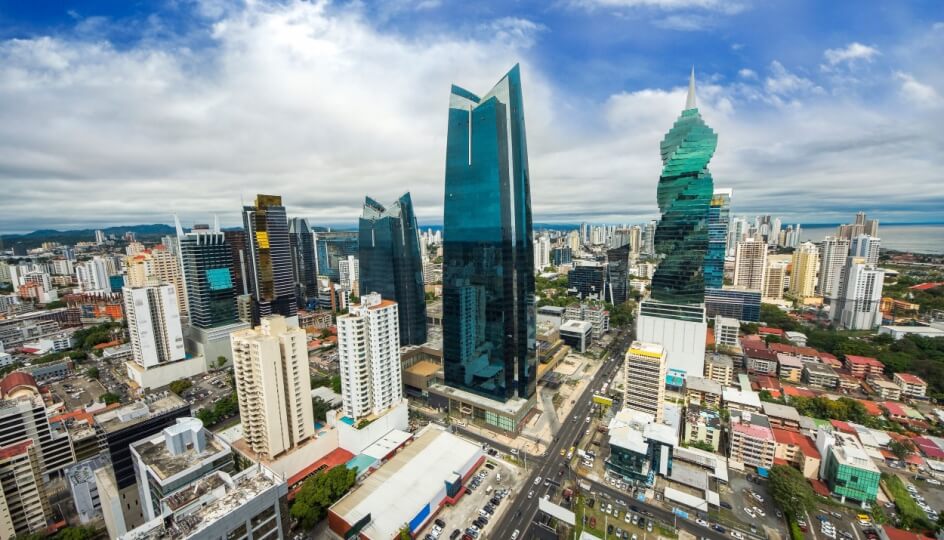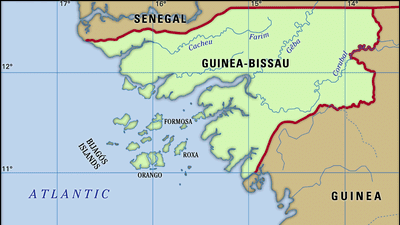
Panama’s main businesses
Panama is a country with a dynamic and diverse economy that relies heavily on services, logistics, trade, and agriculture. Its strategic geographical position, connecting the Atlantic and Pacific Oceans via the Panama Canal, has made it a global trade hub. Below are some of Panama’s main businesses and economic sectors:
1. Panama Canal and Maritime Trade
The Panama Canal is the backbone of the country’s economy. It facilitates the transit of thousands of vessels annually, generating significant revenue through tolls. Supporting this sector are maritime services such as ship registry, port operations, and ship repair. Panama’s ports, including Balboa and Colón, are among the busiest in Latin America.
2. Banking and Financial Services
Panama is a global financial center due to its favorable tax policies and confidentiality laws. The banking sector, with over 80 banks operating in the country, provides services like international banking, corporate financing, and wealth management. The Panama Stock Exchange also contributes to its growing financial landscape.
3. Logistics and Free Trade Zones
The Colón Free Zone, the largest in the Western Hemisphere, is a vital component of Panama’s logistics industry. It facilitates the re-export of goods such as electronics, textiles, and pharmaceuticals to markets across Latin America and the Caribbean. Logistics services, including warehousing, distribution, and customs brokerage, play a key role in supporting this sector.
4. Tourism and Real Estate
Panama attracts tourists with its beaches, rainforests, and cultural heritage. Key destinations include Panama City, Bocas del Toro, and the Pearl Islands. The growth of tourism has spurred investments in luxury hotels, resorts, and eco-tourism. Simultaneously, real estate has flourished, with foreign investments driving demand for residential, commercial, and industrial properties.
5. Agriculture and Fisheries
While the service sector dominates, agriculture remains important for rural employment. Key agricultural products include bananas, sugarcane, rice, and coffee. Fisheries, particularly shrimp and tuna exports, are also vital to Panama’s economy.
6. Energy Sector
Panama has been investing in renewable energy, including hydroelectric, wind, and solar projects, to reduce reliance on imported fossil fuels. The country also serves as a regional energy distributor through its interconnection with Central American electricity grids.
7. Manufacturing and Industry
Although limited compared to services, Panama has a growing manufacturing sector. Industries include food processing, beverages, textiles, and construction materials. The sector benefits from access to regional markets through trade agreements.
8. E-commerce and Technology
Panama is emerging as a tech and e-commerce hub, with investments in IT infrastructure and digital services. The government has introduced incentives to attract tech companies, fostering growth in software development, fintech, and digital marketing.
9. Mining
Copper mining, particularly the operations at the Cobre Panamá mine, is a significant contributor to export revenue. The sector is expanding as global demand for minerals increases.
10. Retail and Consumer Goods
Panama’s retail sector is vibrant, driven by its role as a shopping destination for tourists and its growing middle class. Malls like Albrook Mall and Multiplaza cater to both luxury and affordable markets.
Conclusion
Panama’s economy thrives on its unique position as a global trade and financial hub. With continued investments in infrastructure, energy, and technology, the country is poised for sustainable growth, balancing traditional industries like agriculture with modern sectors like fintech and e-commerce.



Leave a Reply